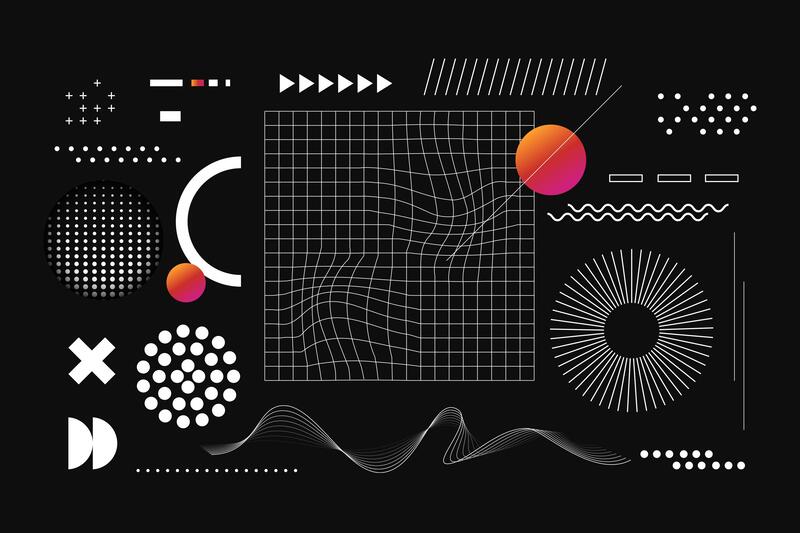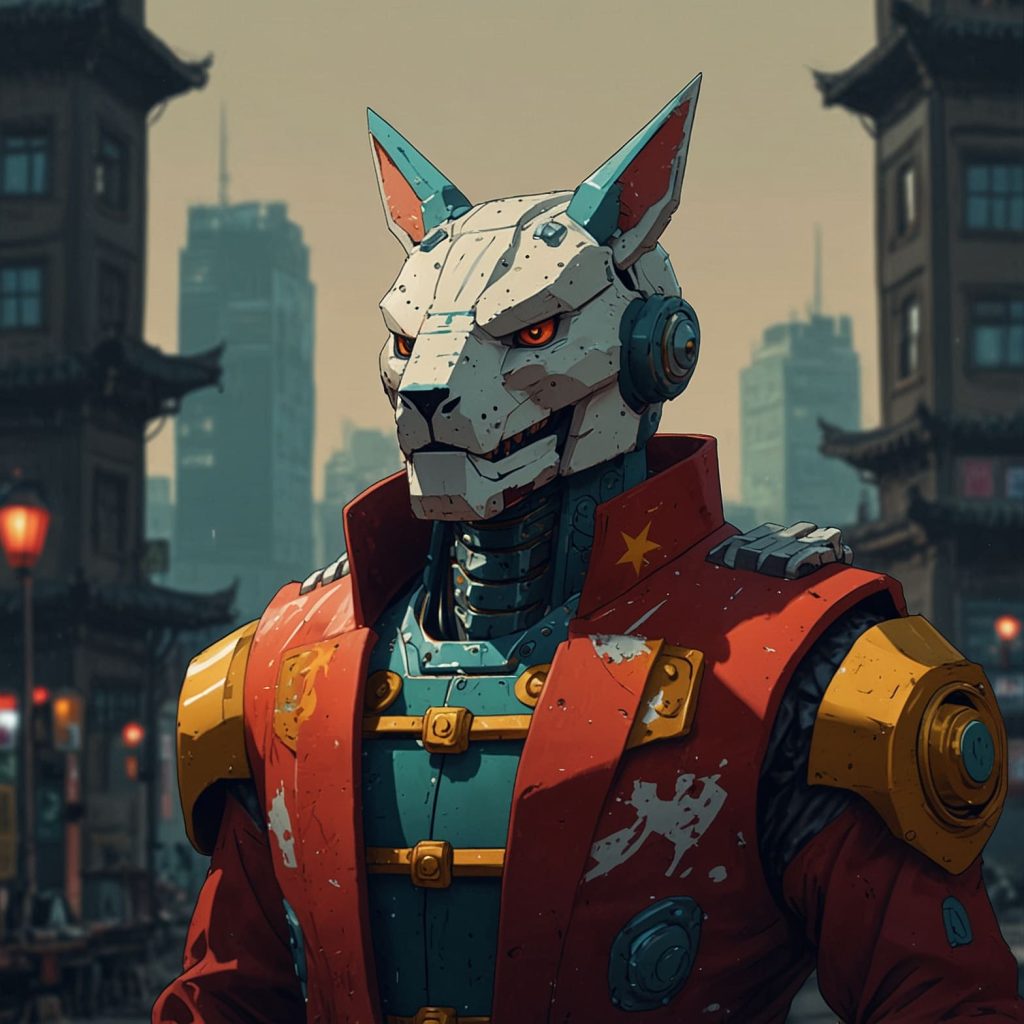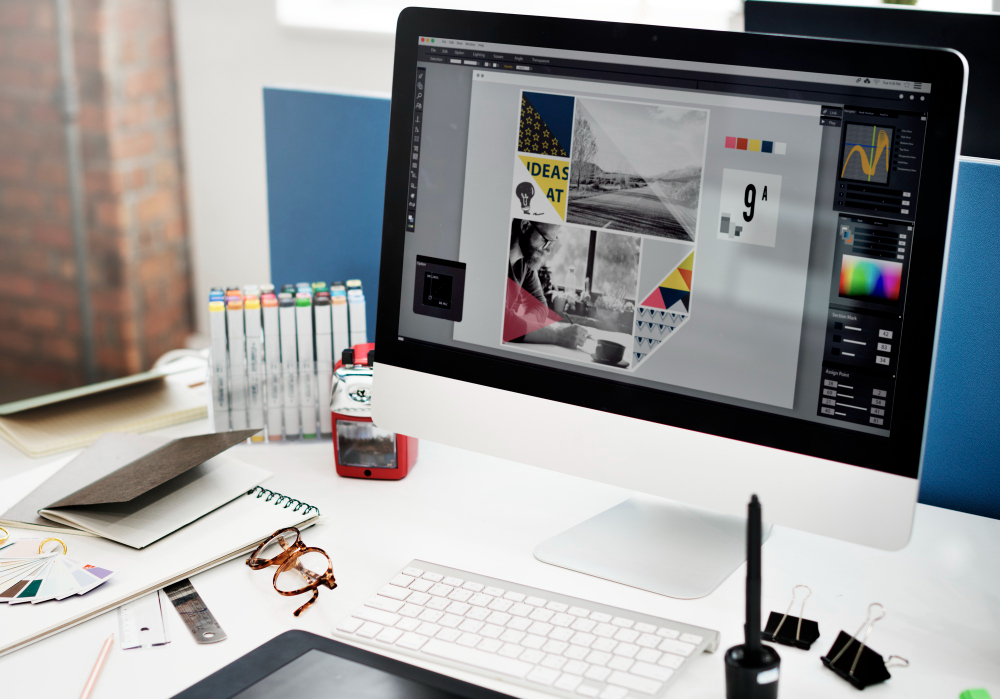Graphic design tools and technics

Welcome to 2025, where the world of graphic design is buzzing with exciting changes and innovations! As we cruise further into the digital age, creative minds are armed with a new arsenal of tools and techniques that redefine how we express ourselves visually. Gone are the days of basic editing software. Instead, designers now explore sophisticated technologies that spark creativity like never before. In this blog, we’ll obviously dive into the remarkable evolution of these graphic design tools and trends that are making a splash this year.
The Evolution of Graphic Designing Tools

Welcome to 2025, where the world of graphic design, clearly, is a vibrant tapestry of technological innovation and creative exploration. With each passing year, design tools have become more sophisticated, empowering designers like never before. Today, we’ll dive into some of the most groundbreaking advancements in graphic design tools that have transformed the creative process.
AI-Driven Software
In fact, artificial Intelligence has become an integral part of our daily lives, and it’s no different in the realm of graphic design. AI-driven design software has taken the industry by storm, offering incredible capabilities that have revolutionized how we approach design challenges.
– Automated Design Elements: AI algorithms can now autonomously generate design elements such as logos, layouts, and entire branding kits. This dramatically speeds up the design process, allowing designers to focus more on creativity and less on manual labor.
– Smart Suggestions: These advanced tools can analyze design trends, color schemes, and typography usage to provide intelligent suggestions that align with brand aesthetics. Imagine having a digital personal assistant guiding you through your creative journey!
– Machine Learning: As you use AI-driven tools, they learn from your design preferences and adapt their suggestions to your unique style, enhancing your efficiency and tailoring the experience to fit your workflow seamlessly.
Augmented Reality and Virtual Reality Integration
As boundaries between the digital and physical worlds continue to blur, augmented reality (AR) and virtual reality (VR) have found dynamic applications in graphic design. The integration of these technologies is reshaping the way we create and consume visual content.
– Immersive Presentations: Gone are the days of flat, two-dimensional representations. Designers can now create immersive 3D presentations, allowing clients to explore and interact with designs as if they were part of the environment.
– Prototyping in Real-Time: With AR and VR, designers can virtually test their creations in real-world settings, providing invaluable insights and allowing for iterative adjustments before final production.
– Collaborative AR Spaces: Designers and clients may engage in virtual brainstorming sessions, no matter where they are in the world. This level of collaboration leads to more cohesive and well-thought-out designs that can be adjusted and refined in real-time.
Collaborative Cloud-Based Platforms
In a world that thrives on global connections, collaboration, in fact, has become the heart of innovation, and cloud-based platforms have emerged as a key enabler.
– Seamless Teamwork: Design teams can work in harmony, no longer hindered by geographical barriers. Real-time collaboration on shared projects means ideas flow and evolve at lightning speed, fostering creativity and innovation.
– All-in-One Access: With all your design files, tools, and assets accessible from the cloud, you can work from anywhere, anytime. This not only enhances productivity but also ensures that you have everything you need at your fingertips.
– Version Control and Feedback: These platforms provide robust version control systems that track changes and updates, while integrated feedback mechanisms ensure that design iterations are more focused and meaningful.
Cutting-Edge Graphic Design Techniques

In 2025, the art of graphic design is not just about creating visually pleasing images but crafting experiences that resonate deeply with audiences. Let’s explore some of the cutting-edge techniques that are setting new standards in the world of design.
Generative Design Methods
Generative design is a technique where the creation of designs is driven by a set of algorithms and rules rather than manual input alone.
– Endless Possibilities: By defining constraints and using algorithms, designers can generate hundreds, if not thousands, of design variations. This allows for exploration that pushes the boundaries of traditional design.
– Optimization for Functionality: Generative design can optimize for factors like material efficiency or structural strength, making it an invaluable tool in product design and architecture.
– Unique Artistic Styles: This process can lead to the creation of truly unique and novel artistic styles that may not have been conceived through manual design processes.
3D Design and Animation
The allure of three-dimensional design and animation continues to grow as tools and techniques become more accessible and powerful.
– From Concept to Creation: Advanced 3D modeling tools allow designers to bring intricate concepts to life with stunning detail and realism. Rapid prototyping has never been more achievable.
– Animated Storytelling: Animation breathes life into designs, creating narratives that captivate and engage audiences. Whether it’s a promotional video or an interactive web element, animation adds a layer of dynamism that static images simply cannot match.
– Virtual and Mixed Reality Environments: Designers are not only building standalone 3D models but entire virtual environments where users can immerse themselves in experiences, enhancing engagement and understanding.
Personalized and Interactive User Experiences
Design in 2025 is all about creating experiences that are not just beautiful but also highly personalized and interactive.
– User-Centric Design: By leveraging data analytics and user feedback, designers are now creating layouts and interfaces that adapt to individual user preferences, making digital interactions more intuitive and enjoyable.
– Interactive Elements: From websites to apps, incorporating interactive elements like dynamic navigation menus and animated feedback creates more engaging and memorable experiences for users.
– Customizable Interfaces: Adaptive interfaces that alter based on user behavior, preferences, and needs demonstrate a deep understanding of what users want and enhance their connection with the digital product.
In conclusion, as we step into this exciting era of 2025, the synergy of advanced tools and techniques is reshaping the graphic design landscape. From AI and VR to generative methods and personalized experiences, designers are empowered to create more meaningful and innovative works of art. Whether you’re a seasoned designer or a newcomer to the field, the future of graphic design is brighter and more promising than ever. Embrace these changes, and let your creativity soar to new heights!
Conclusion
As we look toward 2025, it’s clear that the world of graphic designing is in a fascinating state of transformation. The tools and techniques evolving rapidly today are creating a playground for designers to explore their creativity more vividly than ever before. From AI-driven design efficiencies to immersive experiences in virtual reality, the future promises exciting advancements.
– AI and machine learning are making design tasks quicker and more innovative.
– Virtual and augmented reality are opening new dimensions for creative expression.
– Cloud-based collaborative tools are streamlining team communication, boosting productivity, and breaking geographical barriers.
These transformations indicate that graphic designers will play a pivotal role in shaping the visual landscape of the future. It’s an exhilarating time to be part of this creative evolution! So, whether you’re a seasoned designer or just starting, now’s the best time to embrace these changes and let your imagination run wild. The horizon is expansive, and the possibilities are endless!
You might also be interested Understanding DevOps: Meaning, Practices, and Tools



